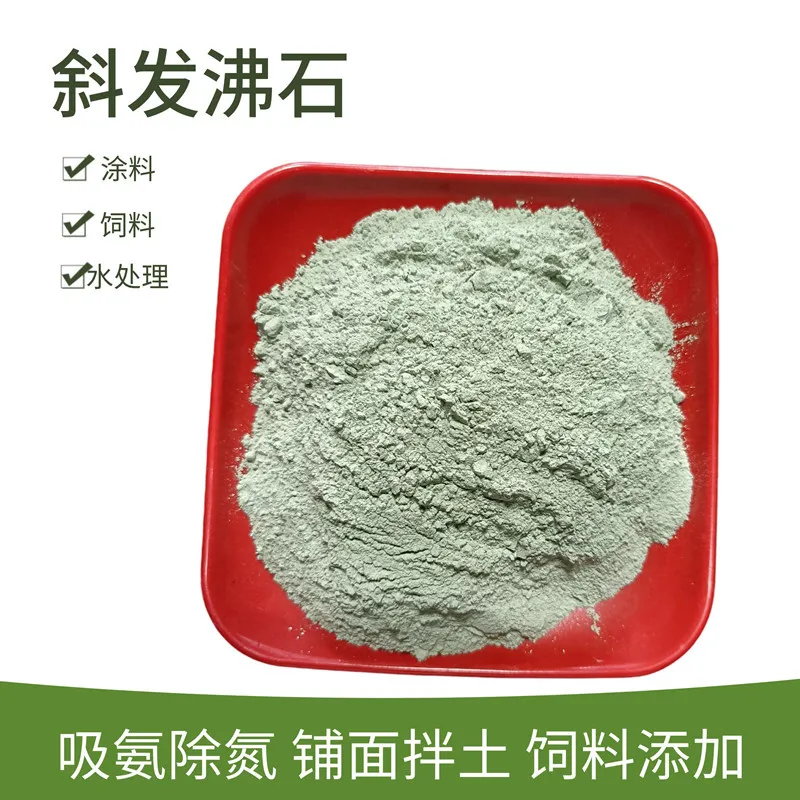
Exploring the Versatility and Applications of Oxide Pigment Powders in Various Industries
The Versatile World of Oxide Pigment Powders
In the realm of color and creativity, oxide pigment powders stand out as a versatile and essential material in various industries, including art, construction, cosmetics, and manufacturing. Originating from natural minerals and synthetic processes, these pigments are renowned for their vibrant colors, stability, and durability. This article delves into the significance, applications, and characteristics of oxide pigment powders.
Origins and Composition
Oxide pigment powders are primarily composed of metal oxides—compounds formed by the reaction of metals with oxygen. The most common oxide pigments include titanium dioxide (TiO2), iron oxide (Fe2O3), chromium oxide (Cr2O3), and cobalt oxide (CoO). Each of these pigments exhibits distinct hues, ranging from earthy reds and yellows to vibrant greens and blues. The production of these pigments involves a careful process of calcination, where raw metal ores are heated to high temperatures to achieve the desired color and purity.
Color Stability and Non-Toxicity
One of the key advantages of oxide pigments is their exceptional color stability. Unlike organic pigments, which can fade under UV light or during chemical exposure, oxide pigments maintain their coloration even under harsh environmental conditions. This durability makes them ideal for outdoor applications, such as in paint and coatings, where longevity is essential.
Moreover, many oxide pigments are non-toxic and environmentally friendly, making them suitable for a wide range of applications, including food packaging, children’s toys, and cosmetics. For instance, iron oxide pigments, commonly used in makeup products, provide rich coloration without adverse health effects, leading to their widespread acceptance in the beauty industry.
oxide pigment powder

Applications Across Industries
The versatility of oxide pigment powders extends to various sectors. In the construction industry, they are integral in producing colored concrete, bricks, and tiles, allowing architects and designers to achieve aesthetically pleasing results while enhancing the longevity of the materials. The use of oxide pigments can transform mundane building materials into vibrant, visually appealing structures.
In the world of art, artists have long favored oxide pigments for their rich, muted colors and excellent opacity. These pigments are available in various forms, including powders and liquid dispersions, making them easy to incorporate into different mediums such as acrylics, oils, and watercolors. Artists appreciate the blending capabilities of oxide pigments, which allow for the creation of unique shades and textures, aligning perfectly with their creative visions.
Furthermore, oxide pigments play a significant role in the manufacturing of plastics and rubber. They provide not only coloration but also UV protection to prevent degradation over time, ensuring that products retain their appearance and functionality.
Conclusion
Oxide pigment powders have secured their place as indispensable materials across multiple industries due to their vibrant hues, stability, and non-toxic nature. As the demand for sustainable and eco-friendly products continues to rise, the popularity of oxide pigments is expected to grow. They offer a perfect blend of artistry and engineering, proving that color can be both beautiful and functional. Whether in the hands of an artist, a construction worker, or a cosmetic manufacturer, oxide pigment powders continue to inspire creativity and innovation, enriching our world with color in both visible and invisible ways.
Share
-
Fly Ash Solutions Enhanced by GPT-4 Turbo | Sustainable InnovationNewsAug.01,2025
-
Natural Premium Bentonite Cat Litter - Superior ClumpingNewsJul.31,2025
-
Premium Resin Coated Sand - High Heat Resistance CastingNewsJul.31,2025
-
High Quality Silicon Carbide Grit for Abrasive ApplicationsNewsJul.30,2025
-
High-Quality Ceramsite for Plants & Gardening | Lightweight PebblesNewsJul.29,2025
-
Premium Burgundy Glass Marbles for Vases & Shooter GamesNewsJul.29,2025






